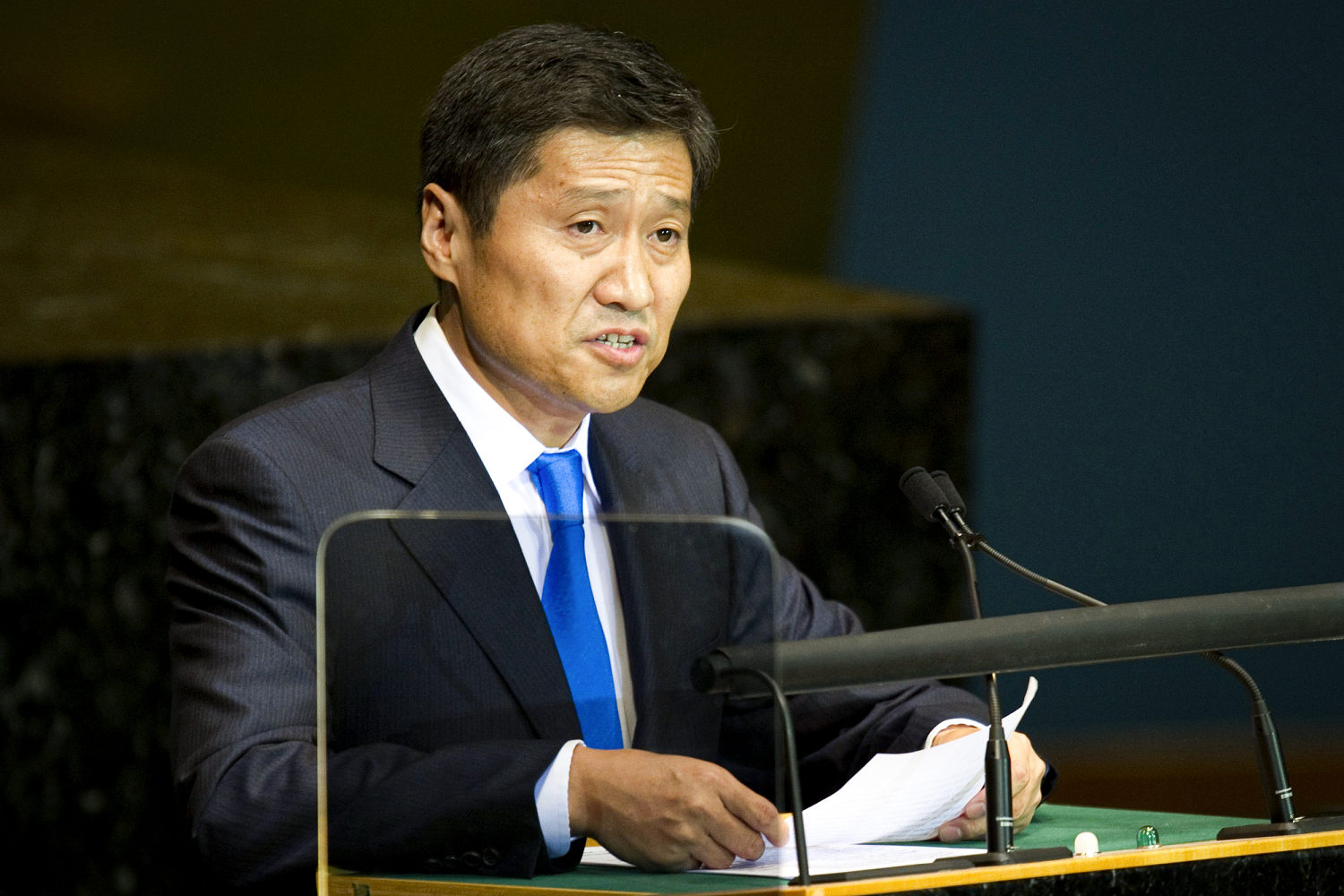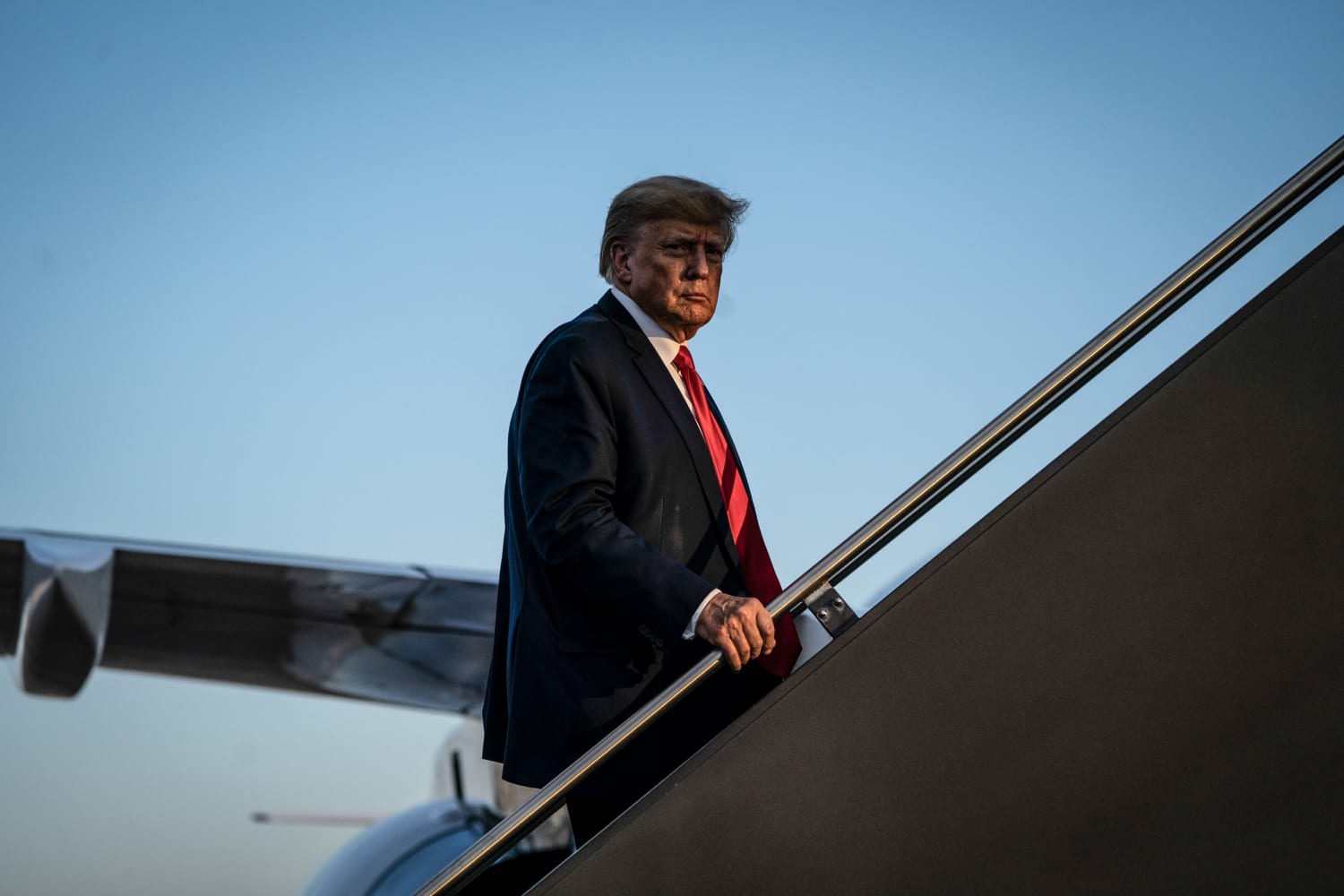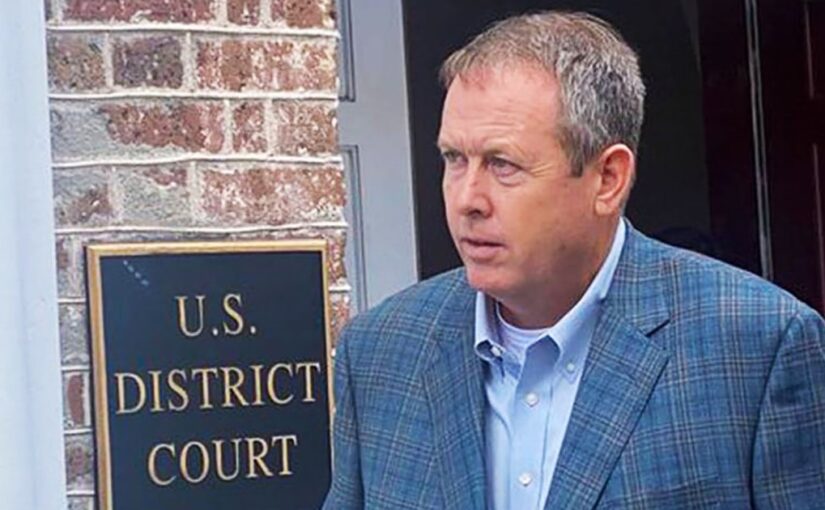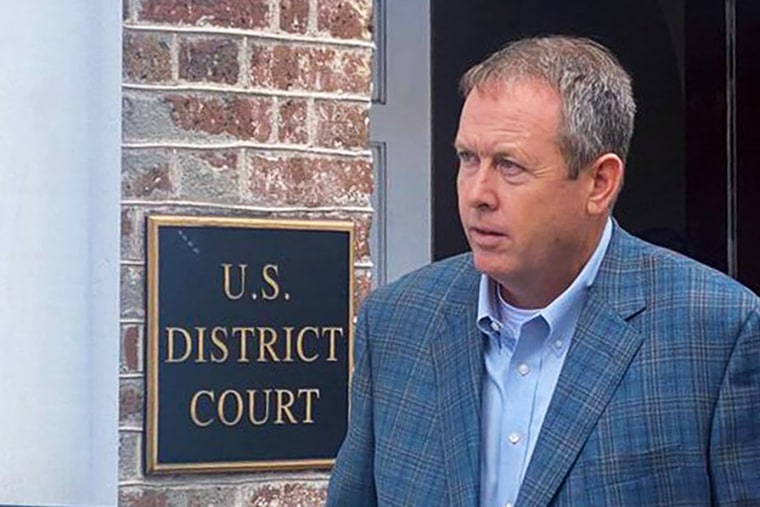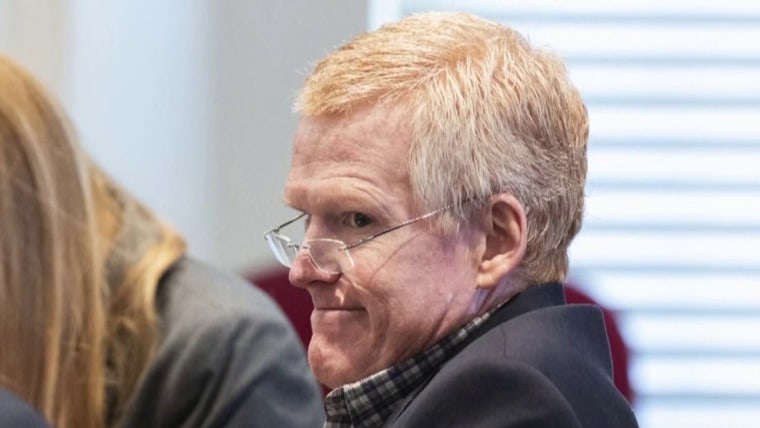At the heart of the latest federal indictment of former President Donald Trump is a scheme to use “fake electors” to overturn the 2020 presidential election. The strategy attempted to find a way to undermine the Electoral College after state officials refused to change the election results.
Here’s a look at what happened:
The process of electing the president
After someone votes for president, that vote gets counted in a statewide tally. But legally speaking, the Electoral College decides who is elected president.
Before each general election, the political parties from each state choose their own slate of potential Electoral College electors. After the votes are in, each state prepares “certificates of ascertainment,” authenticated with the governor’s signature.
In mid-December, the Electoral College formally meets across the country to vote. Congress later gathers on Jan. 6 to tally the votes from the Electoral College and certify the results.
While some states require electors to vote for the candidate chosen by their state’s popular vote, the Constitution does not require it — and this is where the opportunity for mischief creeps in.
The Trump team’s alleged scheme
After numerous legal challenges were flatly rejected by federal and state judges in several battleground states, Trump and his allies began actively pushing Republican state officials to reverse the election results.
Specifically, prosecutors outlined in the indictment how they a) asked governors and secretaries of state to not certify the popular vote results, and b) pointed to nonexistent voter fraud to encourage state legislatures to set aside the popular vote and choose a fresh slate of pro-Trump electors.
According to the indictment, the plan was outlined in a series of memos that “evolved over time from a legal strategy to preserve the Defendant’s right to a corrupt plan to subvert the federal government function by stopping Biden electors’ votes from being counted and certified.”
The Trump team helped prepare fake certificates in seven states that Trump lost: Arizona, Georgia, Michigan, Nevada, New Mexico, Pennsylvania and Wisconsin. In many cases, these certificates falsely stated that the electors were their state’s “duly elected and qualified” electors. Those phony certificates were then submitted to the National Archives and Congress. A watchdog group published some of the fake certificates.
The certificates signed in Pennsylvania and New Mexico include a potentially important caveat, however, saying that the certificates were submitted in case the alternate electors were later recognized as duly elected (i.e., if Trump was eventually deemed the winner of the election in those states).
In any event, these seven states all went ahead and certified Biden’s electoral college victory on Dec. 14. Yet groups of pro-Trump Republicans, declaring themselves the rightful electors, gathered as well.
What was the point of this scheme?
The evidence suggests that many in Trump’s inner circle understood that the fake electors scheme wouldn’t keep him in the White House, but the goal was to create the illusion of a contested election.
Once the GOP-led state legislatures didn’t go along with the plan, the idea was to, at minimum, give Vice President Mike Pence the pretext to either block Congress from recognizing Biden’s win or delay the vote count when he performed his ceremonial role on Jan. 6. Obviously, Pence didn’t go along with that plan.
There is evidence to suggest that some believed the Trump team could cast enough doubt and then take the case to the Supreme Court, where they apparently hoped the justices would issue a favorable ruling.
What, if anything, about this plot would be unlawful (as opposed to merely destined to fail)?
Prosecutors largely charged Trump with the crimes as referred to in the target letter his attorneys received last month. Federal statute 18 USC § 241 is a Civil War-era statute that makes it unlawful for two or more people to “conspire to injury, oppress, threaten, or intimidate any person” in the free exercise of their constitutional rights.
Courts have repeatedly found the statute applies in the voting rights context, specifically in the right to have one’s vote properly counted. Examples of past conspiracies have included stuffing ballot boxes, destroying ballots or changing votes at voting machines. The law does not require the conspiracy to be successful.
In this case, the theory is that Trump and others participated in a scheme to send phony certificates from pro-Trump electors to the National Archives and Congress, with the aim of thwarting the will of the voters in those seven battleground states who had voted for Biden.
18 USC 1512 § (c)(2), which involves obstructing an official proceeding, is also charged. The official proceeding in this case would be the vote certification in Congress on Jan 6. The prosecutor’s argument would be that by submitting phony electoral certificates to the National Archives, Trump and his allies attempted to obstruct that normal certification process. This is a statute that has been charged frequently in other Jan. 6 cases, and has been upheld by the D.C.’s highest federal appeals court (where we believe the charges would happen).
18 USC § 371 is the other statute primarily at issue. That’s about conspiring to defraud the U.S. government. Again, the theory would be that Trump and others conspired to obstruct “the lawful federal government function” of collecting, counting and certifying the election results.
Laura Jarrett
Laura Jarrett is a senior legal correspondent for NBC News.
